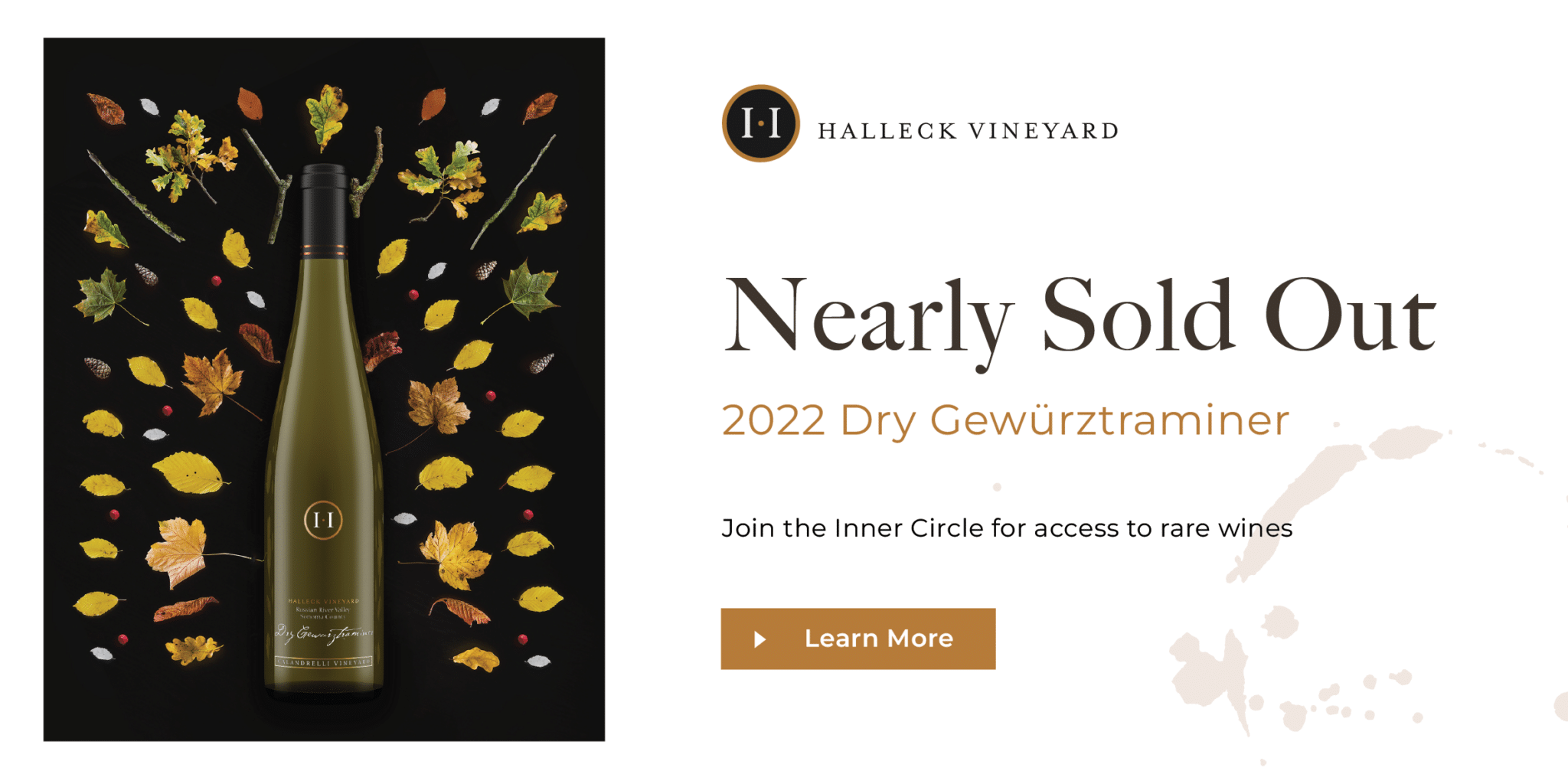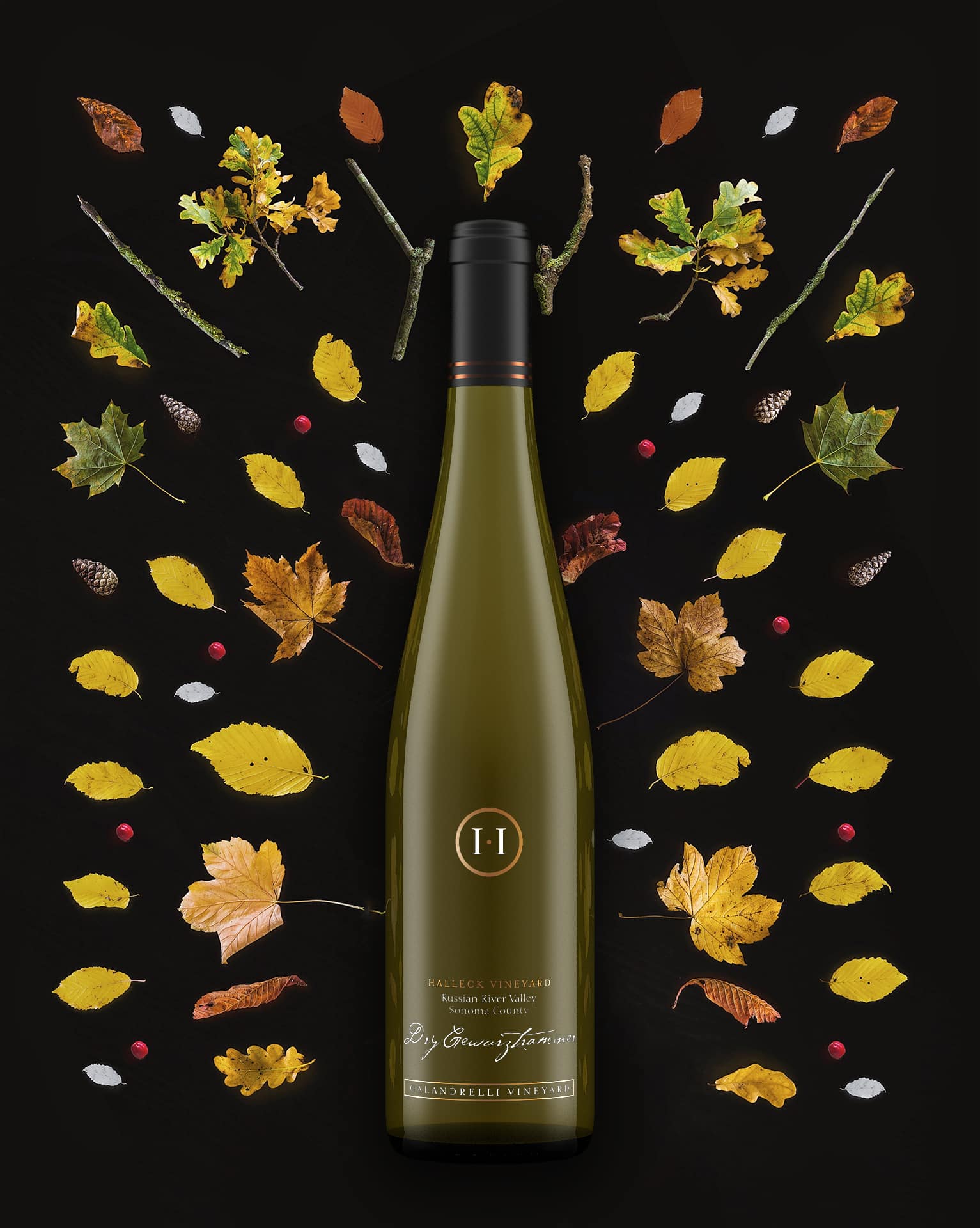Wineries With Breathtaking Gardens In Sonoma - Sonoma Wine Retreats
Wineries With Breathtaking Gardens In Sonoma - Sonoma Wine Retreats
Blog Article
Wineries With Artisan Chocolate Pairings In Sonoma - Craft Wineries In Sonoma
Wine tasting is an art that combines sensory experience with an appreciation for the nuances of various varietals. How to gauge flavors in winery wine tasting classes is pivotal to greedy the complexities of wine.
Engaging in a wine tasting includes more than simply sipping and savoring. It requires a focused approach to identify aromas and flavors that every wine presents. As you begin, observe the wine's look, noting its colour and clarity. These visual cues often counsel a wine’s age, grape selection, and even potential flavor profiles.
The next step in the tasting course of is to swirl the wine in your glass. This motion releases fragrant compounds that are important for evaluation. Lean in and take a moment to inhale deeply; the aromas can vary from floral and fruity to spicy and earthy. The nostril of the wine is just as important as the palate, and recognizing scents performs a major position in understanding the overall experience.
When taking your first sip, allow the wine to maneuver across your palate - Remarkable Craft Wineries In Sebastopol. Discover the preliminary flavors that present themselves. Is the wine fruity, floral, or perhaps herbaceous? This initial style provides insight into what the wine is prone to express as you proceed to evaluate it. The mouthfeel also contributes to the general flavor experience; it can be silky, tannic, and even effervescent.
Remarkable Craft Wineries In Sebastopol - Sonoma Wine Tasting Adventures
As you proceed tasting, pay consideration to the wine’s steadiness. A well-balanced wine will harmonize acidity, sweetness, and tannins. If one part overwhelms the others, it might point out a much less fascinating quality. Evaluating balance may help you establish how nicely the wine would possibly pair with food.
Transitioning to the end, think about how the flavors evolve as the wine lingers on your palate. A long, pleasant end can point out a high-quality wine, whereas a short or abrupt finish might suggest in any other case. Replicate on whether the flavors remain constant or if new notes emerge because the wine settles. This progression can reveal complexities and intricacies that might not have been apparent within the preliminary tasting.
Temperature is also an important factor in evaluating wine flavors. Different forms of wine are optimally loved at specific temperatures. White wines usually shine when chilled, whereas purple wines generally carry out greatest at room temperature. When tasting, ensure the wine is on the applicable temperature to fully recognize its character.
Wineries With Unique Tasting Experiences - Wine Tasting And Vineyard Tours In Sonoma
Pairing food with wine can significantly improve the tasting experience. Meals can affect the perception of flavors in wine, either highlighting sure characteristics or diminishing them. When evaluating flavors, consider how the wine interacts with totally different foods, noticing which flavors are amplified or muted (Wineries Ideal For Romantic Getaways).
Consider the affect of terroir as you engage in a winery tasting. Terroir encompasses the distinctive environmental factors that have an result on grape growing, together with soil composition, climate, and geography. Understanding a wine's terroir can present insight into its flavors and aromas, fostering a deeper appreciation for the alternatives made throughout its cultivation and manufacturing.
Education plays a basic position in enhancing one's capacity to gauge wine flavors. Studying about grape varieties, wine regions, and manufacturing strategies can pave the means in which for more knowledgeable judgments throughout tastings. Additionally, attending workshops or classes can refine sensory skills and broaden your flavor vocabulary, enabling you to articulate tasting notes more successfully.

Lastly, it's important to do not neglect that evaluating wine flavors is a extremely personal experience. Particular Person preferences and perceptions will invariably form one’s tasting journey. Enjoyment must be on the forefront, with the analysis course of appearing as a device to boost understanding and appreciation look these up somewhat than create rigid pointers.
Top Rated Wine Experiences In Sebastopol - Best Winery Located In Sonoma
In conclusion, mastering tips on how to consider flavors in winery wine tasting periods entails a mix of sensory engagement, data, and practice. By learning to determine aromas, assess the stability, and respect the intricacies of flavor, wine enthusiasts can deepen their connection to every bottle they encounter. As with any art kind, the extra one immerses themselves within the experience, the extra they will discover and enjoy the vast world of wine.
- Begin by observing the wine's color and clarity, as these visual parts can hint at its flavor profile and growing older potential.
- Swirl the wine gently in your glass; this releases fragrant compounds, permitting you to raised determine the complicated scents related to the wine.
- Take a deep inhale earlier than tasting, specializing in both main and secondary aromas to collect insights on fruits, spices, and different nuances.
- When tasting, permit the wine to coat your palate; note the preliminary flavors, the mid-palate complexity, and the end as these levels can provide totally different flavor highlights.
- Pay attention to texture and mouthfeel, as elements such as tannin levels, acidity, and sweetness contribute significantly to the overall tasting experience.
- Compare flavors against commonplace wine traits; for purple wines, think about berry notes, oak influence, and herbal tones, while whites may embody citrus, stone fruits, and floral hints.
- Take notes in the course of the tasting session to trace your impressions, helping you to remember and evaluate the different wines sampled.
- Discuss your findings with fellow tasters or winery workers, as sharing insights can improve understanding and appreciation of individual flavors.
- Allow time for the wine to breathe; generally, flavors evolve and reveal new dimensions after being uncovered to air.
- Experiment with food pairings through the tasting as they can dramatically alter how flavors are perceived, influencing total enjoyment.undefinedWhat ought to I look for when evaluating the aroma of wine during a tasting?
Begin by swirling the wine in your glass to release its aromas. Bring the glass to your nostril and take a deep breath. Pay consideration to the first scents you detect, as these are often essentially the most distinguished. Look for fruit, floral, natural, or earthy notes and attempt to establish specific traits, which will deepen your understanding of the wine's complexity.
Artisan Wineries In Russian River Valley - Sonoma Vineyards Worth Visiting

How can I distinguish between totally different flavor profiles in wine?
Perceive that flavor profiles are sometimes categorized as fruit, floral, herbaceous, spicy, or mineral. Take small sips and allow the wine to coat your palate. Discover the primary flavors that emerge first and the refined notes that follow. This layering is essential in distinguishing the wine's traits and will allow you to appreciate its distinctive profile.
Upcoming Wine Festivals In Sonoma County - Sonoma Vineyards To Explore
What is the importance of the wine's texture in a tasting?
The texture of the wine, also referred to as mouthfeel, plays an important function in how we perceive flavors. Pay consideration to whether the wine feels clean, creamy, or gritty. The physique of the wine (light, medium, or full) can enhance or distinction with flavors, offering a more rounded experience throughout tasting.
How do I assess the steadiness of flavors in wine?
Balance in wine refers again to the concord between acidity, sweetness, tannin, and alcohol. Take a moment to evaluate whether or not these elements complement or intrude with each other. A well-balanced wine will have none of its elements overpowering the others, creating a nice tasting experience.
Wineries With Artisan Chocolate Pairings In Sonoma - Local Wineries In Sebastopol
What position does temperature play in evaluating wine flavors?
Temperature can significantly influence the perception of flavors. Usually, pink wines are greatest served barely under room temperature, whereas white wines benefit from being chilled. As the temperature adjustments, the aromas and flavors can shift, allowing you to understand completely different characteristics. It’s important to taste wine at its optimum temperature for true analysis.
Interactive Wine Tasting Experiences In Sonoma - Wineries With Stunning Views In Sonoma
How can I improve my tasting skills over time?
Practice is essential to improving your tasting skills. Wineries Offering Private Events. Attend tastings, keep a journal of your experiences, and explore several types of wines to broaden your palate. Moreover, learning about wine manufacturing and grape varieties can present context that enhances your evaluation process, making you a extra informed taster.
Is there a selected order during which I ought to taste the wines?
Wineries With Unique Tasting Experiences - Celebrated Wineries Around Sebastopol
Yes, it’s advisable to style wines from light to full-bodied and dry to candy. This progression prevents the stronger flavors from overshadowing the this content more delicate ones, permitting you to totally appreciate each wine's traits and nuances with out palate fatigue.
How can I evaluate the aftertaste of wine?
Unique Wine Blending Experiences In Sonoma - Wine Tasting In Sonoma County
The aftertaste, or finish, is a vital aspect of the wine-tasting experience. After swallowing, take note of how long the flavors linger on your palate and whether they change. A long, nice end is commonly an indicator of a high-quality wine, whereas a short or unpleasant finish could counsel in any other case.
Why is it essential to note the wine’s acidity during tasting?
Acidity contributes to the general freshness and construction of the wine. Pay consideration to the tingling sensation on your tongue; higher acidity can enhance the wine's liveliness and steadiness out sweetness. Noting acidity helps decide the wine's versatility with food and its growing older potential.
What should I do if I struggle to establish particular flavors in wine?
Celebrated Winemakers To Discover In Sonoma - Wineries To Visit
Struggling to determine flavors is widespread, especially for newbies. Focus on broader categories and describe what you can acknowledge, corresponding to candy or earthy notes. With practice, studying about totally different flavor profiles, and perhaps using flavor wheels, you'll refine your senses and develop a more nuanced approach to tasting. Report this page